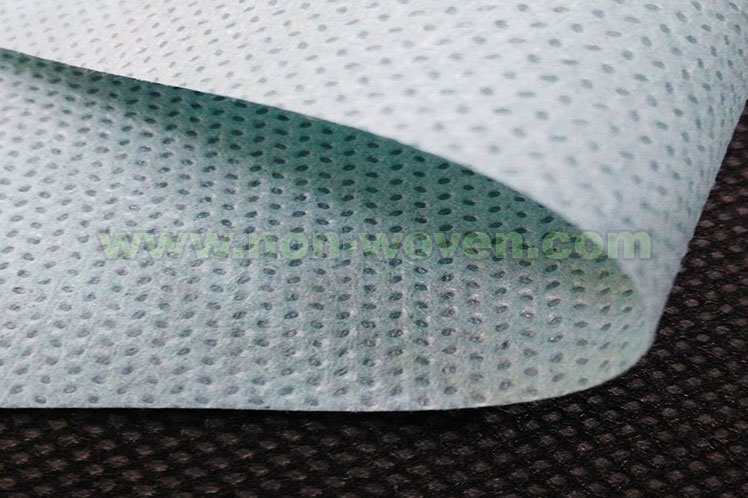Introduction
Non-woven interfacing fabric is a kind of fabric that is used to give shape and Firmness to the fabrics. This is also known as fusible interfacing. It is applied to the wrong side of the fabric and then ironed on the right side. This will give a soft and natural finish to your fabric. The properties of interfacing fabric are stiffness, drape ability and body. Characteristics of a good interfacing fabric are that it should be easy to apply, should have a good bond with the fabric and should be comfortable to wear.
Uses of interfacing fabric are in garments, hemlines and facings. It is also used in quilting and home décor projects. Selecting the best interfacing fabric depends on the type of fabric you are using and the project you are working on.
Applying interfacing fabric is very easy. You just need to follow the instructions given on the package. Tips for using interfacing fabric are that you should always test a small piece of fabric before applying it to your project. You should also follow the pressing instructions given
What is Non woven Interfacing Fabric ?
Non-woven interfacing fabric is a textile material mostly used in garment-making or home décor projects. It is used to give shape and firmness to fabrics, as well as prevent slipping between layers of fabric. It is usually fused onto the wrong side of the fabric and then ironed on the right side. It has a soft and natural finish, but it is a little stiff or firm to the touch. Non woven interfacing can be made from either natural or synthetic fibers.
Properties of Interfacing Fabric
Interfacing fabric has three important properties:
stiffness, drape-ability, and body. Stiffness allows the fabric to maintain the form of whatever it is applied to, while drape-ability makes it possible for the project to drape nicely. The body of the interfacing ensures that the fabric has a nice feel and look when worn. Different fibers will have different properties, so it is important to read the instructions that come with the interfacing to know what properties the fabric will have when it is applied.
Characteristics of a Good Interfacing Fabric
When choosing an interfacing fabric, the most important characteristics to consider are that it should be easy to apply, have a good bond with the fabric, and be comfortable to wear. High-quality interfacing fabrics will not fray, shrink, or crack when heat is applied. It should also be lightweight and breathable for the best performance.
Uses of Interfacing Fabric
Interfacing fabric is used in garment-making projects, hemlines and facings, quilting, and home décor projects. It adds structure to garments, prevents bunching or slipping between layers of fabric, gives extra body and support to stitching, and adds a professional finish to your projects.
How to Select the Best Interfacing Fabric
Selecting the best interfacing fabric depends on the type of fabric the project is made from and the type of project being completed. Different fibers have different characteristics and properties, so it is important to select the right type of interface for the right type of project. For example, cotton and wool are best suited for lighter-weight fabrics, while polyester can be used for more structured garments. How to Apply Interfacing Fabric Applying interfacing fabric is quite easy. Most interfacing fabrics come with instructions on how to apply them, so be sure to read those instructions before starting. Generally, the fabric needs to be cut to the desired shape, and then it needs to be fused onto the wrong side of the fabric and ironed on the right side.
Tips for Using Interfacing Fabric
When using interfacing fabric, it is important to test a small piece of it before using it on a project. This will help to ensure that the fabric and the interfacing fabric will work together correctly. Additionally, it is also important to always follow the pressing instructions given on the interfacing fabric package for best results.
Conclusion
Interfacing fabrics are an important part of garment-making projects and home décor projects. It provides structure and form to fabrics and prevents slipping between layers. It can be made from either natural or synthetic fibers, and the best type of interfacing should be chosen based on the type of fabric being used and the type of project being completed. Applying and using interfacing fabric is easy, just be sure to read the instructions and test a small piece of fabric before applying it.

